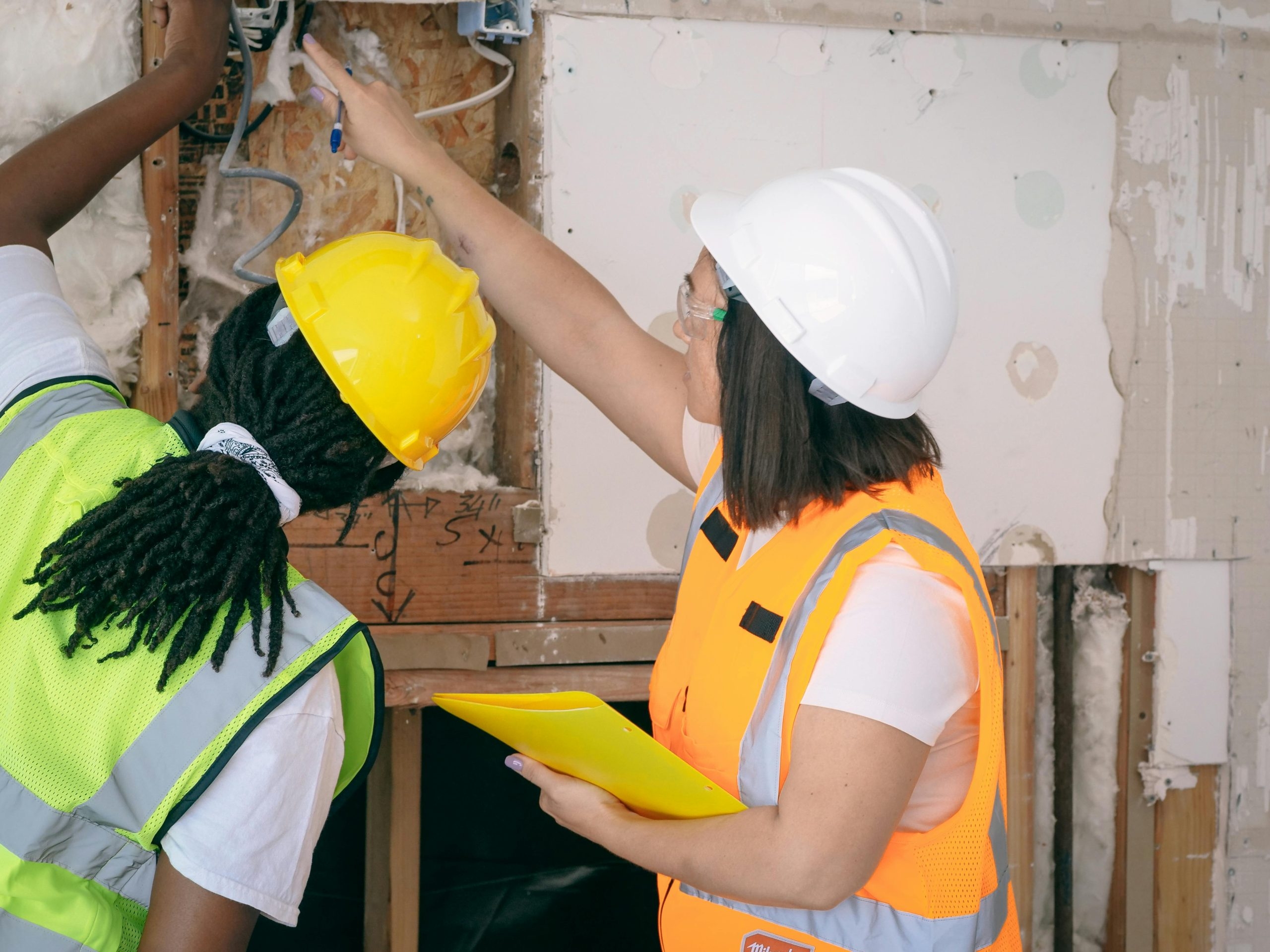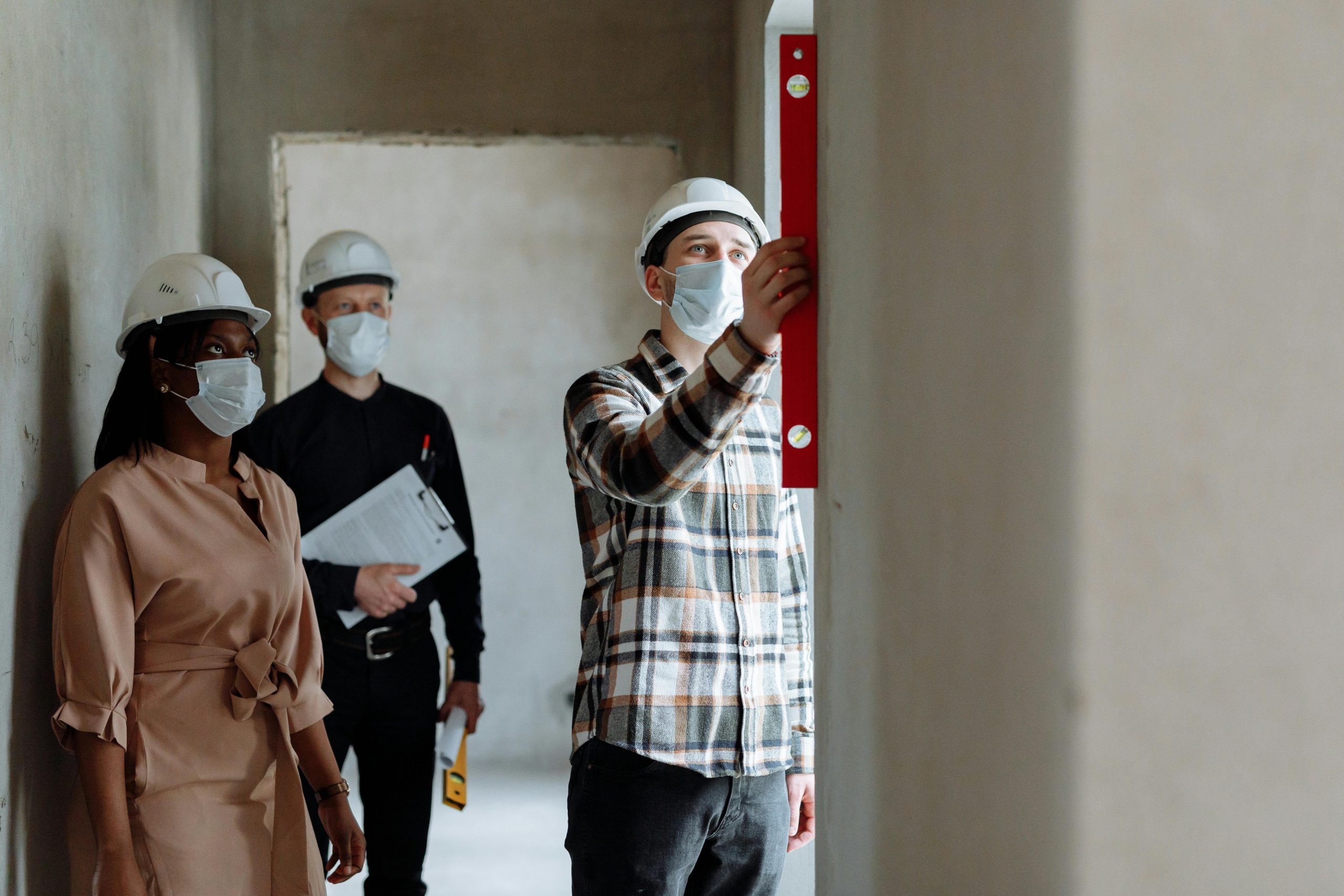Memorial burial grounds are sacred spaces, serving not only as final resting places but also as important locations for remembrance, heritage, and community reflection. While these sites often convey peace and tranquility, they also present a range of health and safety hazards that require careful management. Whether overseen by local authorities, religious organisations, private operators, or volunteer groups, the responsibility for ensuring safety within cemeteries lies with the duty holder or managing body.
Effective health and safety management in burial grounds demands a considered approach that balances respect for the deceased and their families with the need for robust risk control and compliance with health and safety legislation. This includes the Health and Safety at Work etc. Act 1974, the Management of Health and Safety at Work Regulations 1999, and, where relevant, the Construction (Design and Management) Regulations 2015.
Understanding the Hazards
Burial grounds present a combination of natural and man-made hazards. One of the most recognised is the potential for memorials and headstones to become unstable. Weathering, ground movement, poor installation, and material degradation can all lead to a memorial becoming loose or leaning. In some tragic cases, toppling memorials have caused serious or fatal injuries. The stability of these structures must be regularly monitored and managed.
The landscape itself can also pose risks. Many cemeteries contain uneven surfaces—especially older sections where paths may be unpaved, graves may have subsided, or vegetation has become overgrown. Ground conditions may be worsened by heavy rainfall, frost, or animal activity, such as burrowing by rabbits, all of which can create trip hazards.
Excavation and grave preparation carry further risks. Manual or mechanical grave digging can result in ground collapse if proper trench support or shoring is not used. Manual handling risks are also significant, especially when lifting memorial components or operating machinery. Inadequate lifting techniques and insufficient manpower often lead to musculoskeletal injuries.
The use of machinery—including strimmers, ride-on mowers, lifting aids, and mini-diggers—introduces mechanical hazards such as entanglement, material ejection, vibration exposure, and noise. Equipment must be operated correctly and maintained to ensure safe use.
Biological hazards may arise during exhumation, re-interment, or when working in historical or undocumented areas of the cemetery. Staff may be exposed to human remains, decomposing material, or contaminated soil. Without proper hygiene protocols and personal protective equipment (PPE), infection risks can increase significantly.
There is also a broader duty to safeguard the public. Visitors, particularly the elderly, children, or individuals with limited mobility, may be unfamiliar with terrain or unaware of potential hazards. Poor weather or low lighting can further increase the risk of slips, trips, or falls. Larger events such as funerals or commemorations add additional crowd management and emergency access challenges.
Who May Be at Risk?
Various groups may be exposed to hazards in burial grounds depending on their roles, the nature of their activity, and the level of access they have:
- Grounds and cemetery workers
- Grave diggers and maintenance staff
- Funeral directors and ceremonial leaders
- Stonemasons and memorial contractors
- Clergy or religious officials
- Volunteers and community groups
- Visitors and the general public
Each of these groups faces different levels and types of risk, requiring tailored control measures and communication.
Safe Working Practices and Operational Controls
A structured approach to inspection, maintenance, staff competence, and public communication is essential to managing risk effectively.
A core element of cemetery safety is the routine inspection of memorials. These should be carried out at intervals suitable to the memorial’s age, type, and location, as well as the ground conditions. A five-year inspection cycle is a common standard among local authorities, though more frequent checks may be necessary for high-traffic or high-risk areas, or following extreme weather. The Institute of Cemetery and Crematorium Management (ICCM) provides a widely accepted framework in its "Management of Memorials" guidance.
Where a memorial is found to be unstable or damaged, immediate action should be taken. This may involve applying temporary supports, cordoning off the area, or carefully laying the memorial flat if there is a high risk of toppling. All findings and remedial actions should be recorded, and efforts should be made to inform the grave owner or next of kin when appropriate.
Grounds maintenance is another critical activity. All staff using strimmers, mowers, and powered tools must be trained and deemed competent. Equipment should undergo pre-use checks and regular maintenance, with records kept. Appropriate PPE—such as ear defenders, gloves, and high-visibility clothing—must be provided and worn. Work should be scheduled to minimise disruption during funeral services or times of high footfall.
Hazardous manual handling should be identified through risk assessments, and mechanical aids such as hoists, trolleys, or lifting slings should be used wherever possible. Staff should be trained in safe lifting techniques and ergonomics.
Grave digging presents additional risks, particularly in wet or loose soil. Trench boxes or suitable shoring systems are essential to prevent collapse. Workers must never enter unsupported excavations. Lone working during excavation should be avoided, but if necessary, robust welfare checks and emergency procedures must be in place.
Maintaining safe access for all site users is essential. This includes clear and even pathways, ramps or rails where required, and signage to direct people to entrances, exits, and toilet facilities. Sites should also consider accessibility for wheelchair users and those with reduced mobility by providing alternative routes or seating areas.
Visitors must be made aware of restricted areas using respectful but clear signage. During grave excavation or maintenance involving heavy equipment, temporary barriers or fencing should be installed. Funeral services with larger attendance should be assessed for crowd management, parking, and emergency egress needs.
Where trees require pruning or removal—particularly where branches pose a falling hazard—trained arborists should be employed. Tree inspections should be included in site-wide safety assessments.
A permit-to-work system is advisable when using external contractors for high-risk tasks such as memorial installation, tree felling, or excavation. Contractors should be provided with a formal site induction and a clear method statement outlining expectations and responsibilities.
Training, Supervision, and Cultural Sensitivity
All staff and contractors must receive relevant training for their roles. This should cover manual handling, machinery use, memorial inspection, infection control, PPE use, and emergency first aid. Specialist contractors (e.g., stonemasons, arborists) must demonstrate competence through qualifications, experience, and appropriate insurance.
Supervision should reflect the risk level and the experience of the individual. Young or new workers should be closely supported and monitored until they are familiar with site risks and procedures.
All work must also reflect the dignity of the setting and be culturally sensitive. Different faith groups may have specific burial practices, memorial preferences, or grave orientations. Any planned interventions—such as memorial removal, headstone laying, or area restrictions—should be communicated in a timely and respectful manner.
Emergency Preparedness and Public Engagement
Although serious incidents in cemeteries are rare, being prepared is essential. A site-specific emergency plan should be developed covering medical emergencies, structural collapse (e.g., of memorials), fire, severe weather, and other foreseeable events. All staff should be trained in emergency response procedures and able to summon help and assist emergency services effectively.
Where lone working is unavoidable—such as early morning inspections or rural maintenance visits—lone worker systems should be employed. This may include mobile apps with check-in features, radio communications, or personal safety alarms.
Engaging with the public, religious groups, and local stakeholders can foster a shared sense of responsibility. Public notices, accessible policies, and clear communication about maintenance works help prevent misunderstandings. Digital tools such as burial ground mapping software can support communication with families, improve safety tracking, and enhance transparency.
Environmental Considerations
Many burial grounds are located near watercourses, protected wildlife habitats, or in areas where ecological sensitivity must be considered. The use of herbicides and pesticides should comply with COSHH regulations and be risk assessed to avoid environmental damage. Fuel storage for grounds maintenance equipment should be bunded and secured to prevent contamination.
Where possible, sustainable grounds management practices should be adopted, such as the use of battery-powered tools, composting green waste, or promoting wildflower areas to enhance biodiversity.
Conclusion
Memorial burial grounds are places of dignity and remembrance—but they are also working environments that must be managed with care. By proactively identifying risks, applying sound control measures, training staff, maintaining clear communication, and respecting the emotional nature of these spaces, duty holders can ensure that burial grounds remain safe, accessible, and respectful for all.
More Information
For further questions or to seek more health and safety advice call us on 03333 215 005 or email us via info@wirehouse-es.com.






